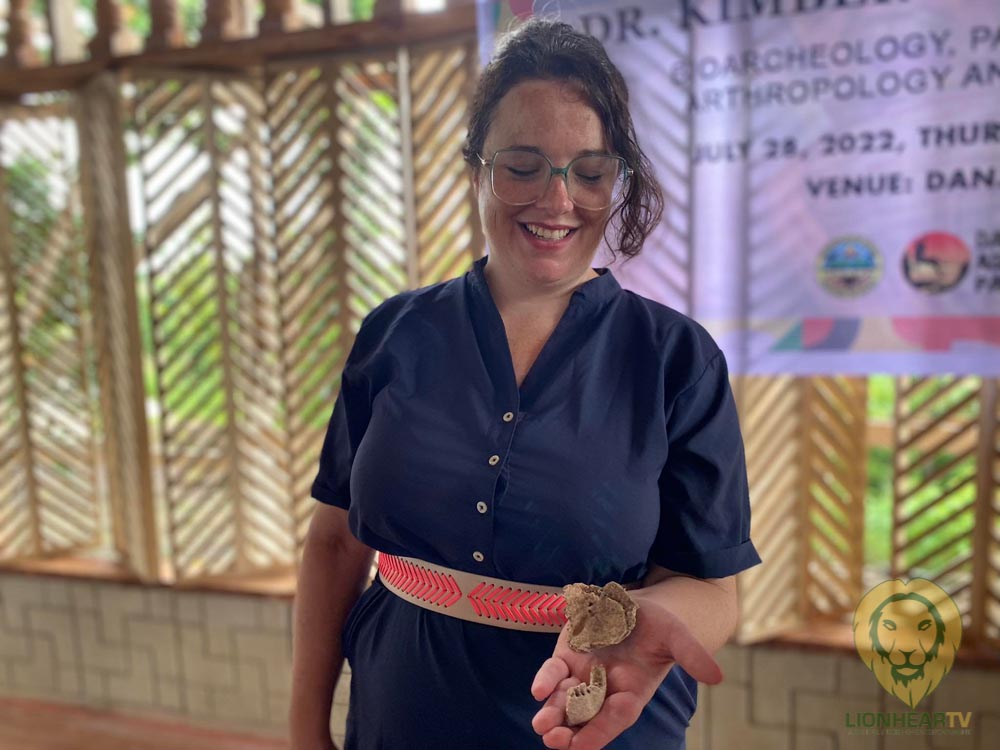The scientist shared some fascinating details of her team’s discovery of the human remains found at a cave in Bohol.
Dr. Kimberly Plomp is a professor at the Simon Frasier University in British Columbia in Canada and the University of the Philippines in Diliman. Her studies focused on biological anthropology encompasses across many mini disciplines within the field. Her fascination of the subject brought her to the Philippines, specifically in Bohol, where her team found a very intriguing discovery on the municipality of Panglao in Bohol.

We joined her enriching lecture about her recent findings during our short trip in Bohol.
“I was invited here because there were some bones found in the cave. The cave is said to be the hideout of (Francisco Dagohoy) and his soldiers, during what could be the longest revolt in Philippine history, and I believe, the only one that was actually won,” she said as her opener.
She noted that she would [normally] hesitate to come, noting the distance, but she came any way, and was glad she did, because she could have missed the excitement of discovering interesting things.
“So, very important historically for, for Bohol, for the Philippines, South East, Asia and even humanity, that the rebels won against a colonial power. And so it was suggested that perhaps we should look at these bones because it might actually be the bones of Francisco and his soldiers” she further shared.
Plomp noted the discovery bones allowed her team to peep into the past, the practices, including the diet and cultural practices of their owners. She shared how the appearances of the bones helped her identify long how long the humans got buried underneath the earth.
“A big part of learning human osteology is not only learning the skeleton, but learning how to identify small piece of a bone, and be able to say that’s a right elbow. We know how to look at fragments—it takes years—-each human bone fragments and what part of the body they’re from,” said Plomp, who narrated her excitement during the time when they were unearthing the remains.
She recalled how her team found human bones on their first layer of digging alone.
As she examined the remains found more deeply, Plomp recalled how she managed to come to theories that suggest what how the owners of the bones met their death. She said, the team was careful in handling the remains, as contamination may occur and prevent them from painting the correct picture.
“When I get back to lab, and I think more about it and look at my pictures…I’m going to try identify exactly what temperature (the fire) they might have died in,” she promised, as she underscored her hunch that the owners of the bones found died in a fire or a bomb.
Plomp shared how further findings about the bones would give insights of the culture and cooking practices of past humans and the environment they lived in. She noted several methods in finding the real age of the humans who own the remains they unearthed.
The cave where the suspected remains of Dagohoy and his soldiers got found in Panglao, Bohol. It’s a good thing AirAsia now regularly flies to Bohol, which means you can easily visit the site any time you want. Use the SuperApp once you have decided to book a flight to the majestic Visayan island province, which has been re-opening its tourist destinations lately.


